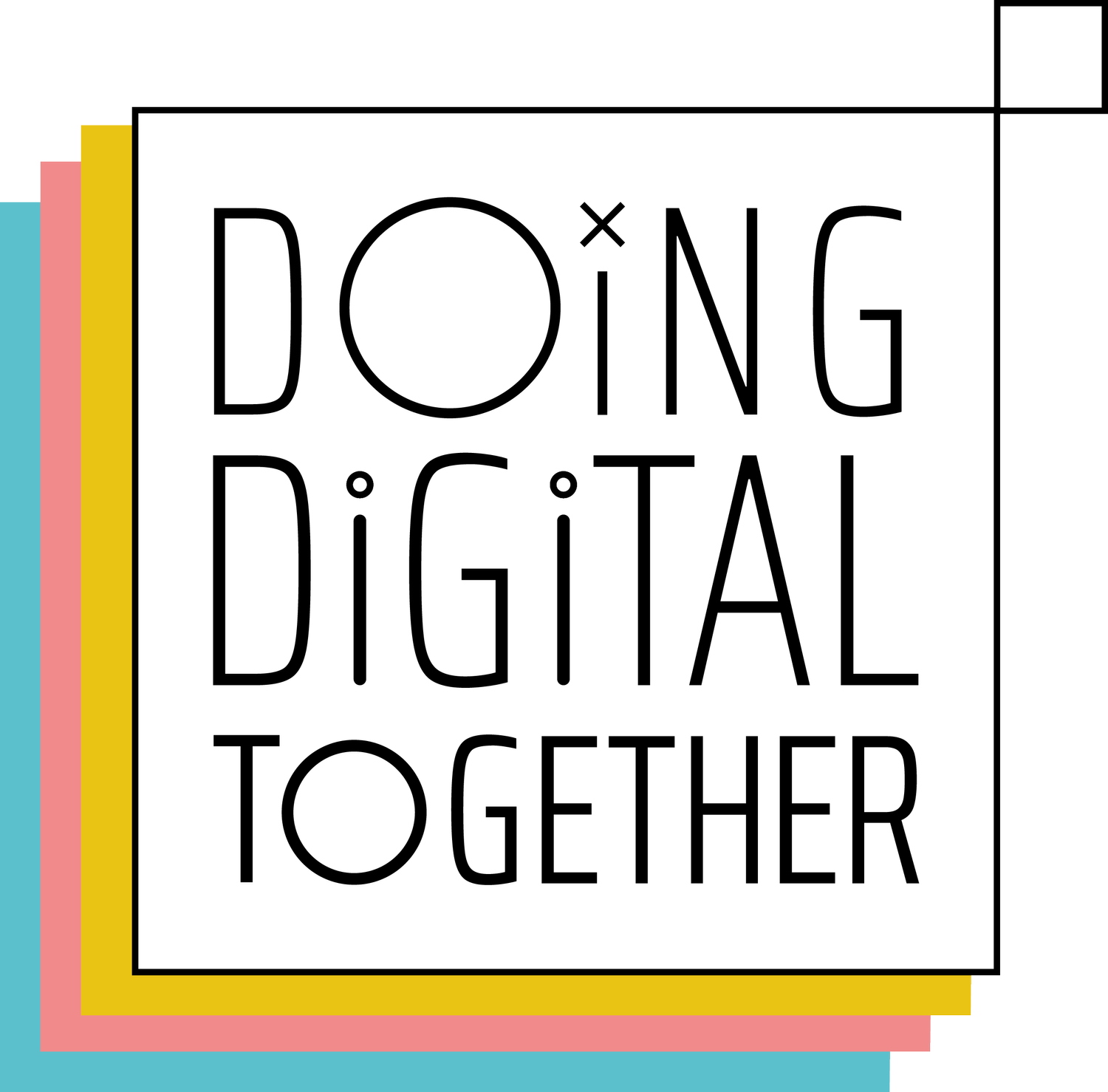DIGITAL INFRASTRUCTURE
DESIGN GUIDE
Establishing planning and development principles for building transformational digital networks in Manchester to foster collaboration and reduce overbuild and environmental impact.
Improving our digital infrastructure is key to realising our ambition to become a world-leading digital city. However, construction projects can often have a negative impact on the environment, and cause disruption to people’s lives.
The Digital Infrastructure Design Guide aims to draw upon the knowledge of a diverse range of experts in the digital, technology and construction fields to provide robust, practical guidance on how best to deploy digital infrastructure in new developments. This includes ensuring that digital infrastructure is deployed in a way that is of benefit to people in the city, rather than appealing purely to commercial interests. This means infrastructure should extend the advantages of digital and online services to local communities, providing new opportunities to citizens for learning and employment and supporting the growth of the local digital-tech sector.
A “dig-once” accreditation policy will aim to reduce the impact of construction on people in Manchester, lowering costs, preventing undue disruption, and preserving the beauty of decorative or heritage surfaces through mitigating the risk of construction scars. The Design Guide will also advocate “home run” fibre networks, where Internet provider can access fibre connections to individual premises in competition with one another, giving them complete control over the services they deliver. Through encouraging increased innovation and differentiation in product offerings, people in Manchester will be empowered with more meaningful choices between Internet providers, and a better overall standard of connectivity. Positive engagement and flexible collaboration with investors and developers will encourage the construction of shared infrastructure through co-collaboration models that have the potential to benefit a wider range of residents and businesses.
“Infrastructure should extend the advantages of digital and online services to local communities”
Excitingly, the Design Guide has potential to directly inform the planning of a number of innovative projects and developments to enrich the lives of people within Manchester, including the regeneration of Wythenshawe Town Centre and Ancoats transformation. By outlining principles for best practice that outline with the wider goals of our Digital Strategy, we aim to ensure that our digital infrastructure can support Manchester through the coming decades and ensure a more equitable distribution of connectivity throughout the city.



